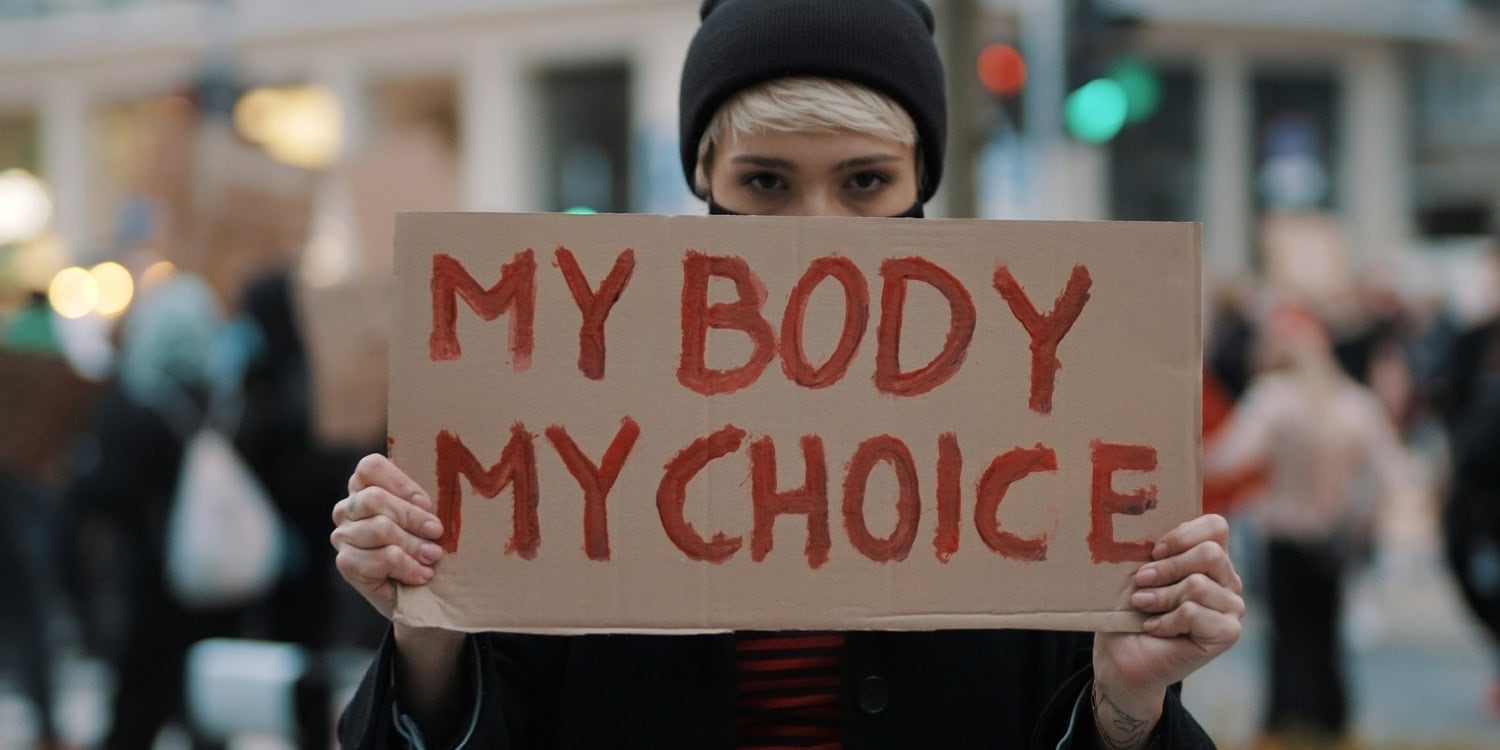A recent study published in American Politics Research sheds light on how “Not in My Backyard” (NIMBY) attitudes can influence people’s views on abortion access. While abortion policy is typically framed as a moral or rights-based issue, the study finds that even those who support abortion access may oppose it if the services are offered in their own neighborhood.
NIMBY refers to the tendency of people to oppose developments or services in their local area, even when they support those initiatives in principle. While NIMBYism is typically associated with fears about property values or public safety, abortion policy has rarely been viewed through this lens.
Abortion debates in the United States are typically framed around deeply personal beliefs, often related to religion or morality. Anti-abortion advocates argue that abortion takes a human life, while those who support abortion rights focus on protecting women’s rights.
These arguments often take place at a national level, leaving little room for considerations of how the physical presence of abortion services might affect a community. With this study, the researchers aimed to determine whether these location-based concerns might also play a role in shaping opinions on abortion access.
The study was especially timely given the legal landscape following the 2022 Supreme Court decision to overturn Roe v. Wade, which led to many states enacting more restrictive abortion policies. In states like Illinois, where abortion remains legal, there has been an increase in demand from out-of-state patients seeking services.
The researchers conducted a pre-registered experiment using a survey of Cook County residents, which includes Chicago, an urban area known for its liberal political leanings and proximity to states with newly restrictive abortion laws. The survey was part of the Cook County Community Survey (CCCS), administered in January 2023, and was designed to be representative of the local population. A total of 1,202 respondents participated, with the majority expressing support for abortion access in general.
The experiment posed a simple question to participants: “Do you think it should be easier or more difficult for residents of neighboring states to come to [Illinois/the neighborhood where you live] for abortion services?” The participants were randomly assigned to answer about either the broader state of Illinois or their own neighborhood. Their responses were measured on a six-point scale ranging from “much easier” to “much more difficult.”
To better understand the NIMBY effects on abortion policy, the study also included a comparison group. In a separate question, participants were asked about their support for the creation of homeless shelters, which are typically more prone to NIMBY opposition. This allowed the researchers to gauge the strength of NIMBY attitudes in the abortion context against a more familiar issue.
The results showed a clear, albeit modest, NIMBY effect when it came to abortion services. Respondents were more supportive of making it easier for out-of-state patients to access abortion services when these services were located elsewhere in Illinois, but this support decreased when the services would be offered in their own neighborhood. While the effect was smaller than in the homeless shelter scenario, it was still statistically significant.
In the homeless shelter comparison, the NIMBY effect was stronger, with participants showing a substantial decrease in support for local shelters compared to state-wide shelters. The researchers estimated that the difference in support for homeless shelters in the neighborhood versus in Illinois was about 0.4 standard deviations—a large effect. For abortion services, the NIMBY effect was smaller, approximately one-tenth of a standard deviation, but it still indicated that location matters even for issues as morally charged as abortion.
The study also looked at whether homeownership or personal attitudes toward abortion played a role in shaping NIMBY responses. Homeowners, who might be more concerned about property values and local development, were expected to show stronger NIMBY tendencies, but the evidence for this was weak.
Similarly, the researchers found no clear pattern indicating that respondents with more conservative views on abortion were more prone to NIMBY attitudes than those with pro-choice views. Both groups seemed to exhibit a degree of NIMBYism, though pro-choice respondents were slightly less sensitive to the location of abortion services.
While the study provides important insights into how NIMBY attitudes can shape abortion policy opinions, it also has some limitations. First, the researchers note that their sample is limited to Cook County, a liberal, urban area where most residents already support abortion rights. This means the findings may not be generalizable to more conservative or rural areas, where opposition to abortion services might be higher, and NIMBY effects stronger.
Additionally, the study did not fully unpack the reasons behind the NIMBY effect on abortion services. While the researchers suggest that moral discomfort with abortion or concerns about attracting protests may play a role, they did not directly test these mechanisms. Future research could explore these factors in more detail, particularly the potential role of anti-abortion protests.
“With these limitations in mind, the purpose of this Research Note is to draw attention to the possibility that the effects of NIMBY syndrome extend beyond the ‘usual suspects’ of infrastructure projects that may depress property values or public service facilities that serve highly stigmatized clientele,” the researchers concluded. “Our evidence suggests they do and that NIMBY effects may be more widespread than existing work suggests. Even in a domain where discourse is dominated by arguments rooted in morality and fundamental rights, people are sensitive to the location where services that violate their moral convictions or protect rights they support would be provided.”
The study, “NIMBY Syndrome and Abortion Access,” was authored by David Doherty, Dana Garbarski, and Sasha Shapsis.




